One of the greatest examples of early Renaissance architecture can be found inside one of the most fascinating churches in the city of Florence, Italy.
It’s not surprising that it was designed by the founding father of Renaissance architecture, Filippo Brunelleschi (1377-1446), a man who designed numerous important buildings in the city.
In this article, you’ll discover some of the most interesting facts about the Sagrestia Vecchia, a defining building in Florence that paved the way for several architectural marvels in the following centuries.
1. It’s part of a famous church in the center of Florence
The Sagrestia Vecchia di San Lorenzo is often simply referred to as the “Sagrestia Vecchia” or “Old Sacristy.” It’s a structure that adjoins the Basilica of San Lorenzo on the southern side.
This is one of the largest and most famous churches in Florence. It’s located right in the historical heart of the city, just walking distance away from its even bigger brother, the Cathedral of Santa Maria del Fiore or Florence Cathedral.
This 15th-century sacristy is referred to as the “Old Sacristy” because a new one was constructed in the 16th century. The “Sagrestia Nuova” or “New Sacristy” is located on the opposite end of the church’s transept.
The structure is also adjoined by the “Laurentian Library,” another historic building that has been credited to Michelangelo.

2. The architect of the structure also designed the church
The Old Sacristy was designed by Filippo Brunelleschi, one of the most important Renaissance artists who designed many influential buildings in Florence. His prominent work is the stunning dome of Florence Cathedral, the largest brick dome in the world.
Brunelleschi also designed the Basilica di San Lorenzo itself, but the plans were altered when he passed away in 1446. It replaced a much older 11th-century Romanesque structure and was completed between 1419 and 1470.

Both structures were commissioned by the rich and powerful Medici family. They gained large amounts of wealth with the Medici Bank, making them the richest family in Europe during this period in the 15th century.
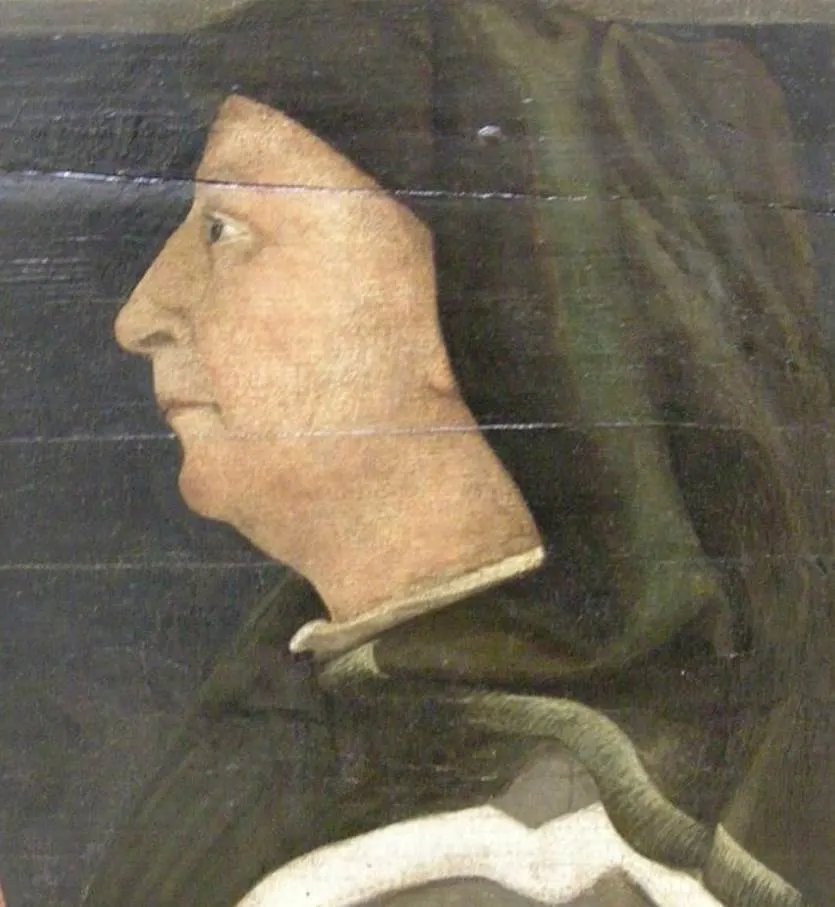
3. It took nearly 2 decades before the Old Sacristy was completed
The construction of the church started in 1419 and that of the Sagrestia Vecchia in 1421. Unlike the church, which Brunelleschi never saw completed, he did witness the completion of this architectural masterpiece.
That’s because it was completed in 1440, exactly 19 years after construction had started and 6 years before the renowned architect passed away.
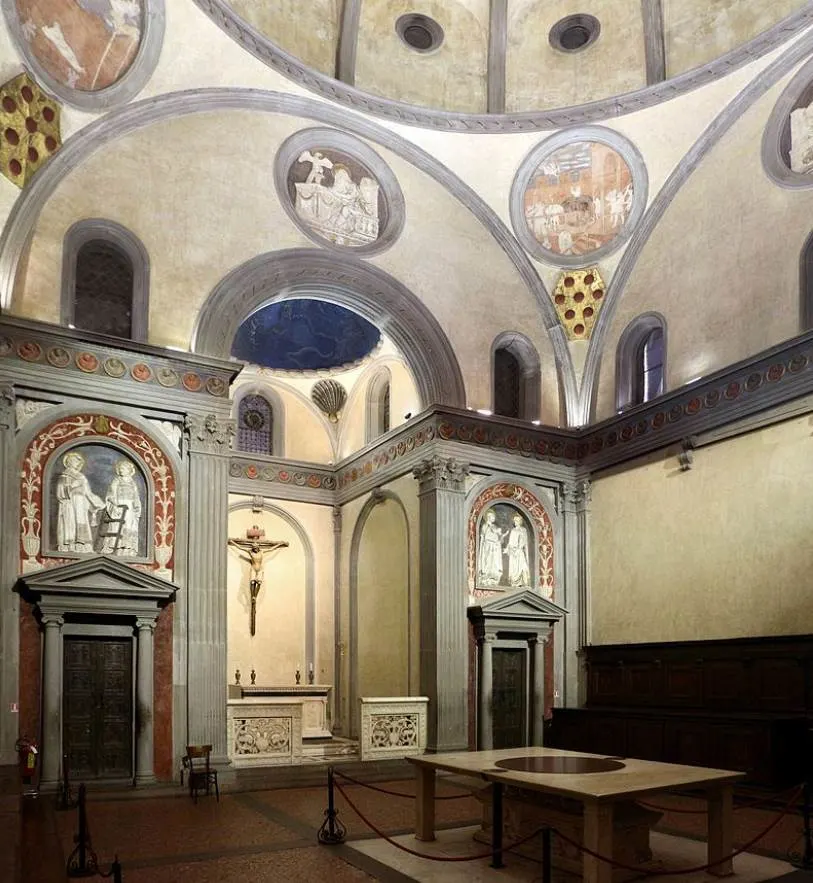
4. The Old Sacristy was initially a stand-alone building
One of the most remarkable facts about the Sagrestia Vecchia is that it was not connected to the transept of the church upon completion.
This means that it was a stand-alone building when it was completed in 1440. A connection to the left transept of the church was constructed around 1459.
This construction project ensured it connects to the Basilica just like the Sagrestia Nuova on the opposite end of the church.
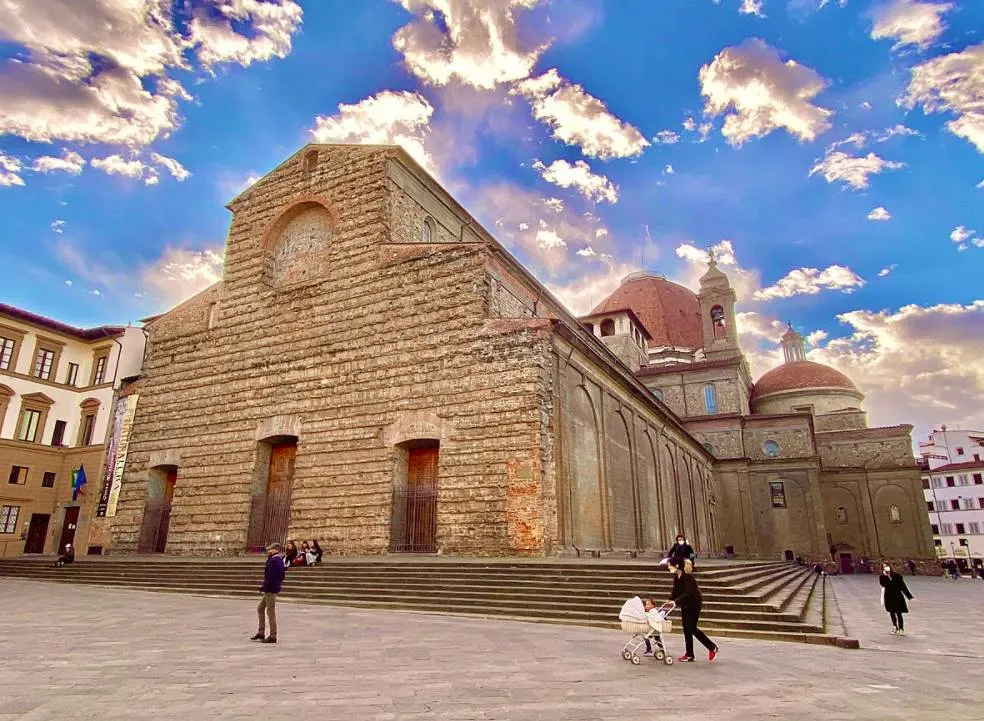
5. The structure also served as the mausoleum of a powerful family
The Sagrestia Nuova was designed by Michelangelo and it served as the final resting place for members of the Medici family. The Sagrestia Vecchia also served this purpose.
Several tombs of powerful Medici family members are located here, including that of Giovanni di Bicci de Medici in the center. He was the founder of the Medici Bank (1360-1429).
Another notable tomb inside the building is the bronze sarcophagus of Giovanni and Piero de Medici, a banker and de facto ruler of Florence respectively. This tomb was designed by Andrea del Verrocchio (1435-1488), the master of the young Leonardo da Vinci (1452-1519).
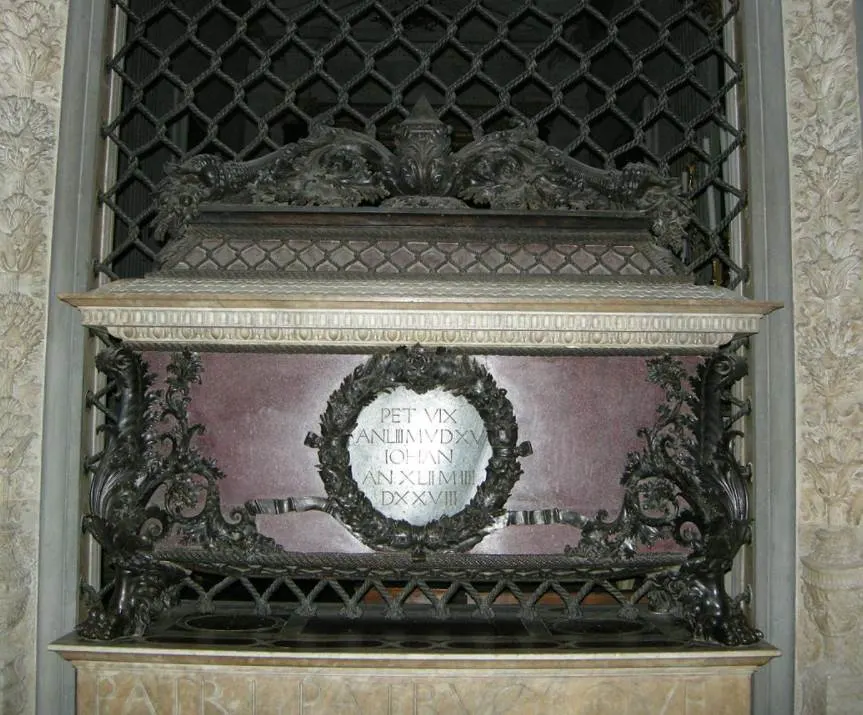
6. The pilasters of the building only serve as decorative elements
The sacristy has a square design and features an altar on the southern wall. Brunelleschi integrated multiple pilasters and arches into the design which was derived from classical models.
What’s remarkable about these design elements is that these pilasters don’t serve a load-bearing purpose. These were only integrated by the architect to serve as decorative elements, a revolutionary feature at the time.
Another remarkable feature of the building is the umbrella dome. This dome is supported by 12 vaults that are interconnected at the center.
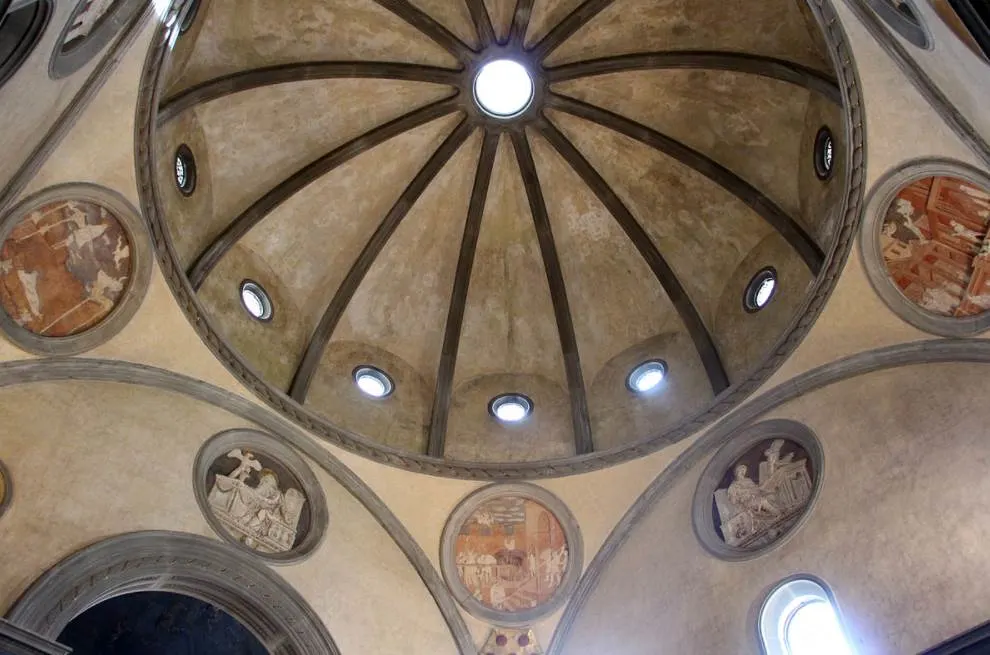
7. The interior decorations were done by a famous Renaissance sculptor
The interior of the building features several tondos, reliefs, and other decorations that were created by one of the most famous Italian artists in history, Donatello (1386-1466).
The sculptor was a close associate of Brunelleschi as the two traveled to Rome together around 1430 to study ancient sculptures and architecture.
The pendentives of the building, the doors, the lunettes, and the altar feature decorations and reliefs that were carved by Donatello as the construction of the Old Sacrist progressed.
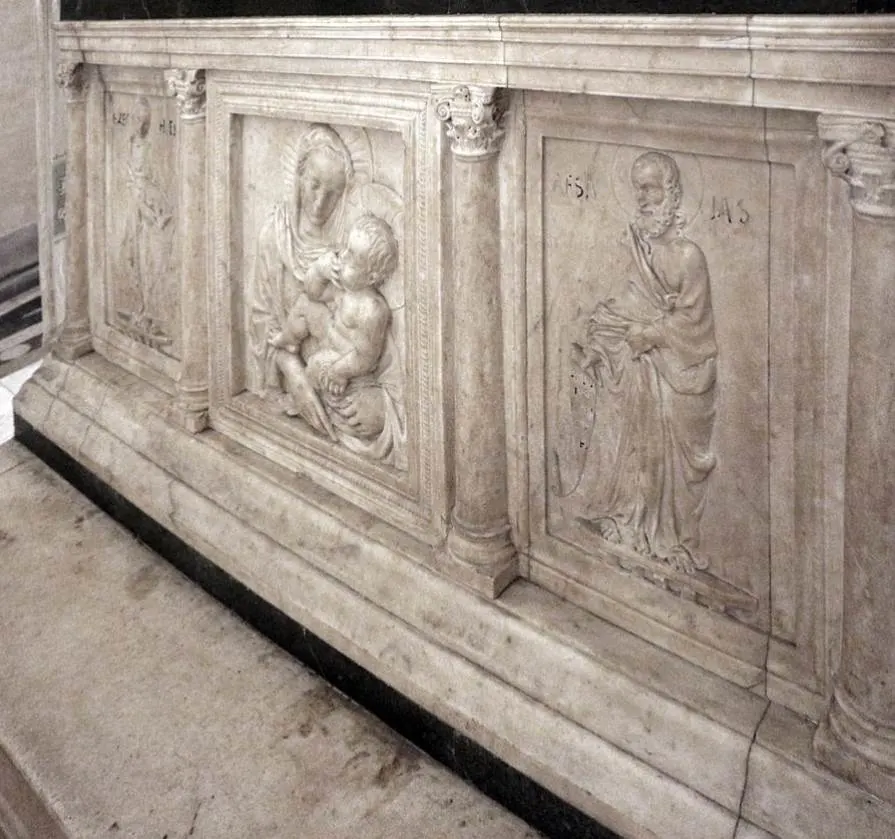
8. The star constellation above the altar refers to a specific event
If you ever visit the Sagrestia Vecchia then you’ll surely notice the blue decoration above the main altar of the building. This is not some random image of the night sky but an accurate depiction of star constellations.
Initial research conducted in the early 20th century suggested it depicts the sky on July 9, 1422. The German astronomer who came to this conclusion suggested this was the day that the altar was consecrated.
Another German astrologer named Arthur Beer (1900-1980) concluded that it depicts the sky of July 6, 1439. Most art historians are in favor of this date because this was the day that the Articles of Union between Eastern and Western Christendom were signed at the Council of Florence.
This date has been confirmed as well by a more recent investigation of the matter which even pinpointed the time at noon, quite amazing indeed!

